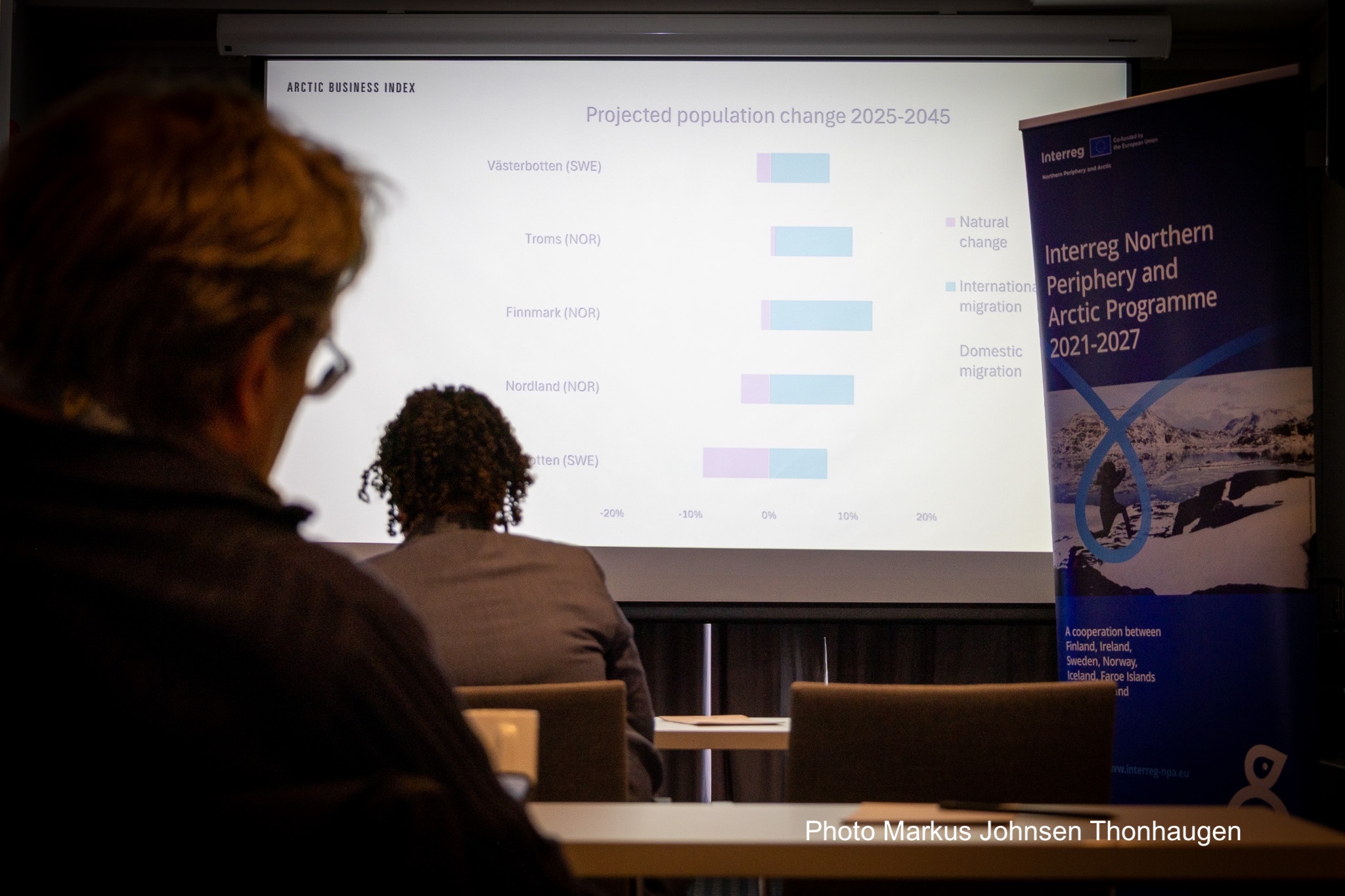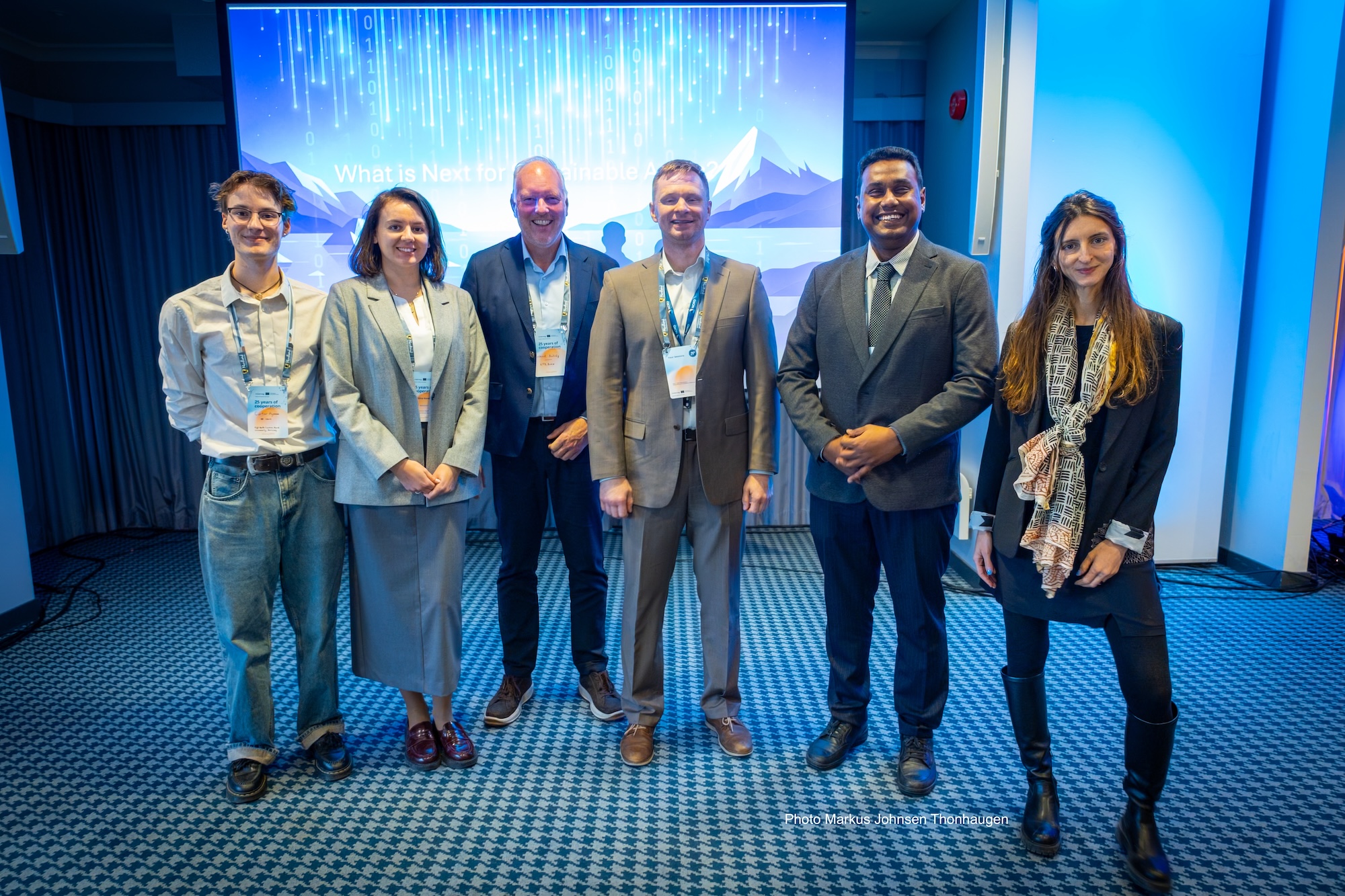News

Sustainable Arctic Development: What’s Next?
At the Interreg NPA 25th anniversary conference, the High North Centre’s session “Sustainable Arctic Development: What’s Next?” revealed an Arctic at a turning point. Drawing on new data from 22 regions across eight countries, the presenters showed how demographic decline, uneven investment, shifting national strategies, and emerging industries are reshaping the future of the North. The key takeaway: achieving sustainable Arctic development will depend on people, clean energy, knowledge, and the ability of Nordic and Arctic regions to work together amid a rapidly changing geopolitical landscape.
Date
17.11.2025




